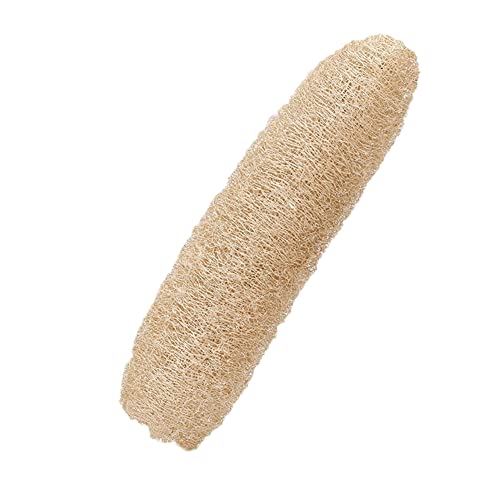Hi all, So I currently use an Unger Purified Water system, I find the TDS Meter isnt very accurate in it though, its not the best being honest but I do find the results on peoples windows is amazing so I know it works. My question is, how often do you find you replace the bags of resin in these systems?
Also do you find you need to replace your brushes often?
Thanks
Philip Rowe
PR Cleaning Solutions
Also do you find you need to replace your brushes often?
Thanks
Philip Rowe
PR Cleaning Solutions
























